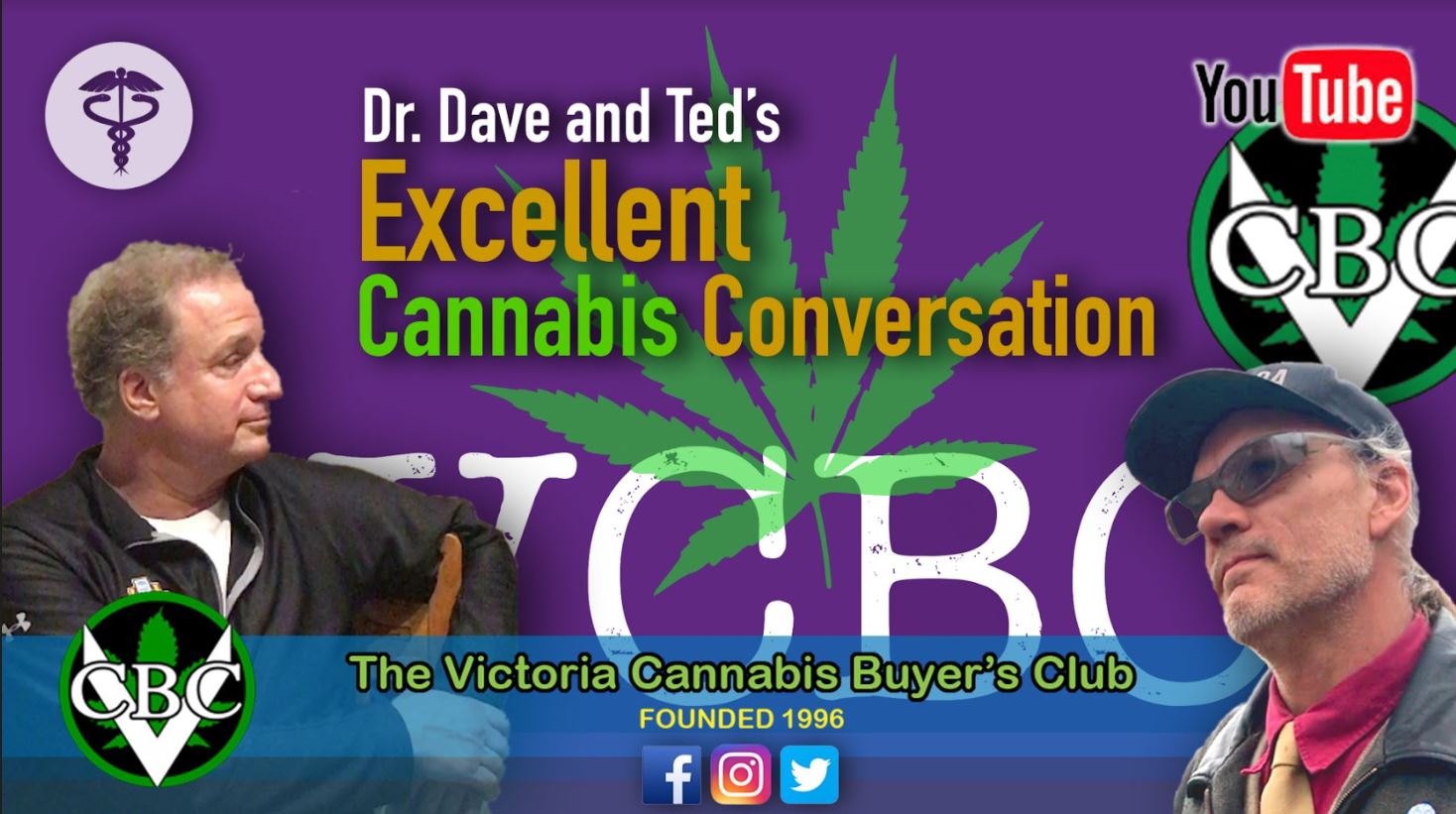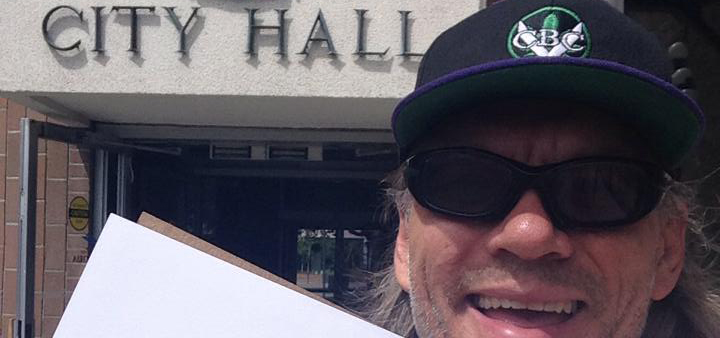By Ted Smith
Many people have been excited about cannabis legalization because they see an opportunity to make fast money. While some fought hard for patient rights, ultimately turning the tide from prohibition to legalization, many were drawn into the cannabis industry with illusions of profits galore. For myself, the goal is making the world a better place through cannabis and the profits I have generated have been dispersed as equally and fairly as possible.
Ten years ago, I created a non-profit society and sold it the compassion club that I founded in 1996 for $4,200 and a lifetime supply of herb. It was a dream come true for me. After starting the club while living in a van, with little more than a pager and a pamphlet, it was surreal to have incubated this gem into a large-scale community project.
Since the very beginning of the Victoria Cannabis Buyers Club, it was my intention to turn the organization into a non-profit society for a variety of reasons. First and foremost, the idea of personally profiting from sales to the sick and dying, above a living wage, is wrong in my opinion. Indeed, allowing multinational companies to earn massive profits off medicine and the medical system is one of the reasons Western health care systems are failing.
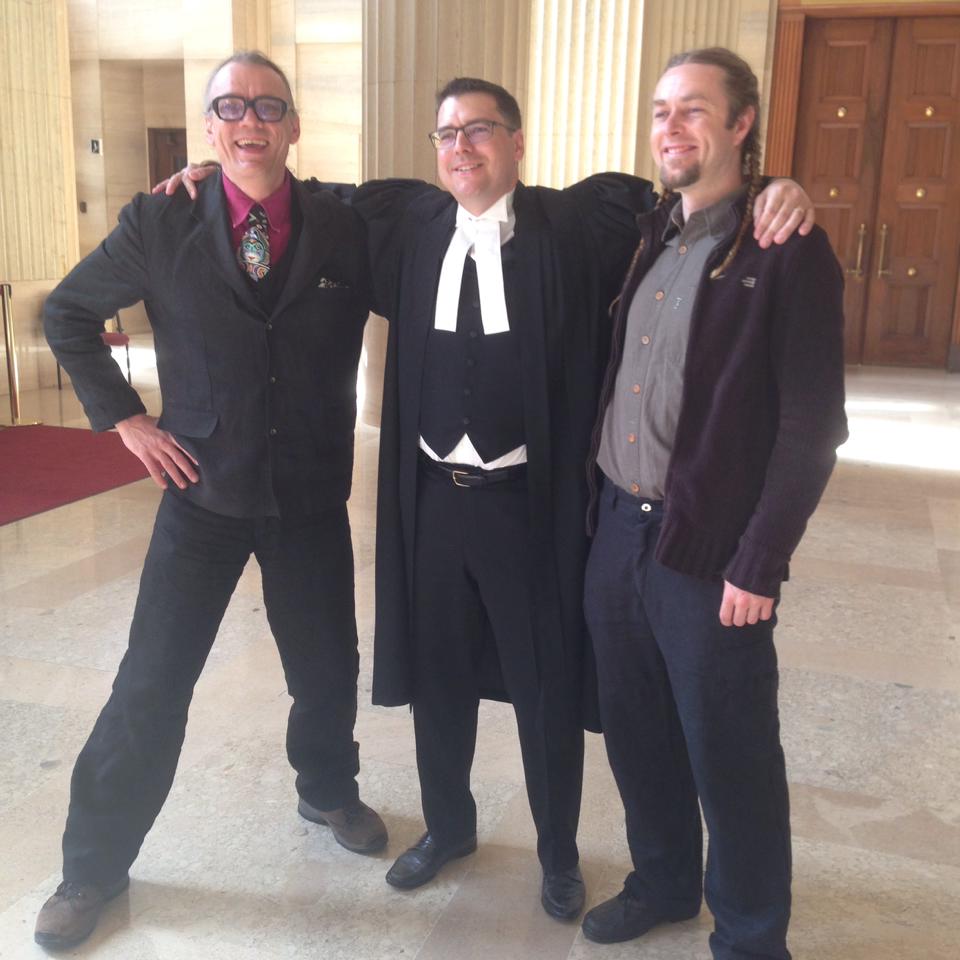
The circumstances that sparked the change are worth noting. We had just received a positive decision from the lower court in the Owen Smith saga in early 2012, when a couple of undercover Canada Revenue Agency representatives appeared looking for tax money. They had just conducted a full-scale investigation into me, and concluded that while I apparently was not stashing cash away in off-shore accounts, there was clearly a considerable amount of money going through my hands without paying taxes.
When I told the CRA agents that I was going to turn the club into a non-profit society and that the process would legitimize the club, they insisted that was not the case. They just wanted tax revenues. I wanted more.
On October 1, 2022, the VCBC will be celebrating 10 years as a tax-compliant non-profit society.
Initially, my plan was to work with Gayle Quin, as we took the International Hempology 101 Society and the Cannabis Digest on the road to become full-time educators. Mother Nature had other plans, though, and soon I found myself caring full-time for her as cancer slowly took her away from us. When my broken heart forced me to withdraw from cannabis activism for 9 months in 2017, the International Hempology 101 Society fell apart, the Cannabis Digest stopped printing and the VCBC went into complete disarray.
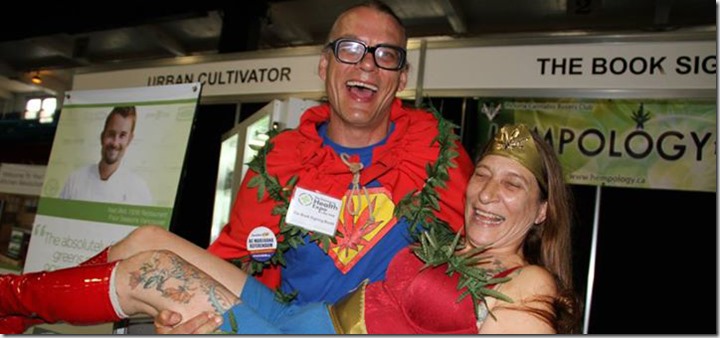
Exactly why the VCBC was so unstable 5 years into being a non-profit society is a story of its own. My biggest mistake was putting the same person in charge of the retail store and president of the board of directors, a situation that created chaos when he was removed for failing his fiduciary responsibilities. During these difficult years, the one thing that kept the group together was our collective dream of an organization that cared for both patients and staff as with love and respect without financial profit being the motivating force.
Upon my return, I established firm boundaries between the staff and board, even though I took positions as both the executive director and president of the board. While it is tempting for a board of directors in a small non-profit to direct staff, it is much better if the board focuses on policy, community outreach and performance review, only giving staff instructions at board meetings. This division of responsibilities allows each part of the organization to function more efficiently, giving staff and management a solid framework within which to operate.
There are not a lot of non-profit societies that own a business, let alone in the cannabis world. In the early days, though, most compassion clubs used a non-profit society to build a community. Not a single one of the original compassion clubs have successfully transitioned into the new legal system, with many having folded up in the face of threats from the government, like the Vancouver Island Compassion Club.
But there are many excellent examples of large and small businesses that run as either non-profit societies or coops, like Mountain Equipment Coop, CHEK NEWS, credit unions, and the local success story, W.I.N. The Salvation Army is another obvious comparison. These organizations have created sustainable enterprises that provide good jobs and excellent products, empowering those who make an effort to improve the organization, without the profits being drained by investors or profit-seeking owners.
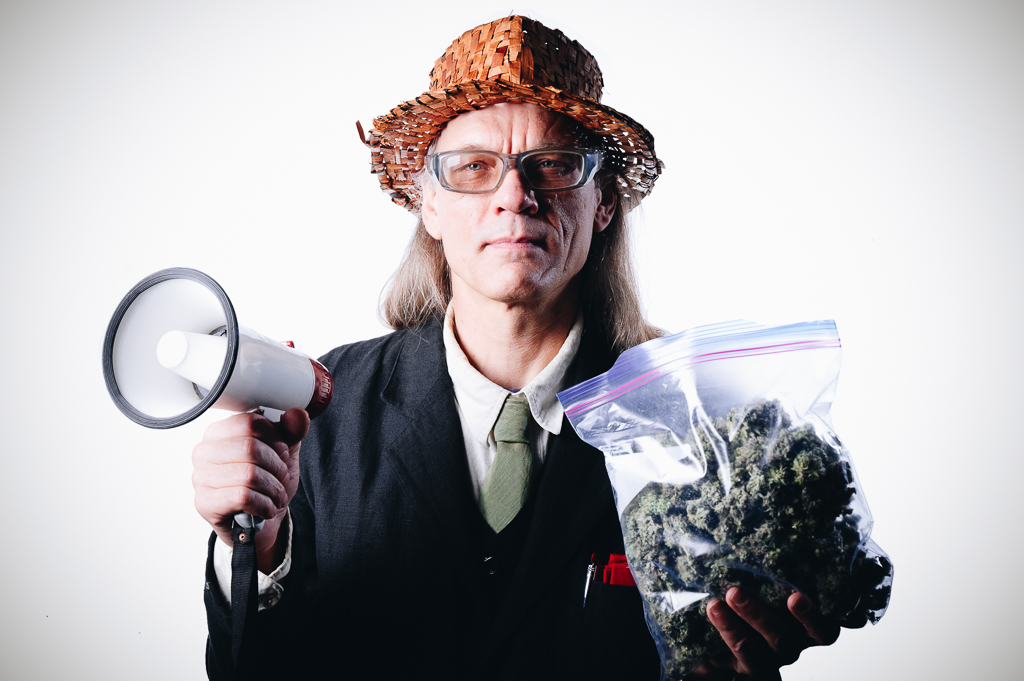
When I first moved to Victoria, I became involved with a network of non-profit societies trying to develop small business enterprises to further their goals. For a while in the late 1990’s, an effort was made in town to encourage different groups to form ventures using a concept formed in Third World countries known as Community Economic Development (CED). The idea being that entire communities can be enhanced when sustainable businesses are formed that compliment existing companies while providing added environmental, social, and cultural benefits.
A good example of how our club uses its resources to provide a service to the community free of charge is the smoking lounge. Paying for costs associated with the Box from product sales is a way for the VCBC to provide a free space for patients to feel safe and welcome. This gives us room for games nights, pot lucks and other gatherings that most businesses never try to provide.
Creating opportunities for members to interact together builds good will in the community and it is critical for the health and wellness of individuals. Being a part of the VCBC through all of its trials and tribulations over the years has formed a bond between members and staff that is profoundly strong. Those connections can have deep impacts on people’s lives, starting intimate friendships that carry on long past when the doors close.
Since the club is structured as a non-profit society, staff and members are much less likely to rob or take advantage of the organization. Large companies and governments have a difficult time ensuring staff manage resources responsibly. A non-profit society dedicated to a cause will often find staff, volunteers and clients helping to fix inefficiencies while avoiding any resentment towards investors, shareholders or others who take the profits outside of the community.
It is also much easier to do fundraising and get support for legal challenges when the business is owned by a non-profit society rather than a for profit company. Even the most generous family business has difficulty attracting donations and gaining public sympathy for breaking regulations that everyone knows are wrong.

Having a board of volunteer directors is another powerful way to build community. Rather than one single person carrying all of the weight of an organization, having a board of directors to help maintain some core functions brings a variety of expertise, experience and industry connections to the group. In essence these board members are temporarily responsible for the society, giving them incentive to assist the group with internal issues while representing the club in public at every opportunity.
In the future, the VCBC has plans to build an integrated palliative care facility connected to production facilities, a cannabis restaurant and health care providers. These small villages would give the sick and dying access to fresh plant medicines, with a kitchen producing high-quality health food, while giving the public the option of supporting a non-profit society restaurant. By having several types of medical practitioners at the same location, we will be able to give our patients top-notch care while giving the public a convenient place to receive medical treatments, eat a good meal and visit loved ones.
There is no doubt that cannabis is the most useful plant on Earth, an incredible resource that has been tightly restricted until recently. If a conscious effort is made by consumers and people in the field, then non-profit societies can be instrumental in ensuring that the profits generated from growing, processing and distributing cannabis products are fairly dispersed amongst employees with profits above costs going to patients in palliative care. To allow a few big profit-motivated corporations full control over the cannabis industry would be a travesty.
Though the VCBC has struggled in its first 10 years as a non-profit society, we have established a strong foundation of dedicated staff, board members and patients. Whatever happens in the future, we know that together we are a mighty force to be reckoned with and that our mark on history is still being made. Indeed, with all this positive energy anything is possible.

